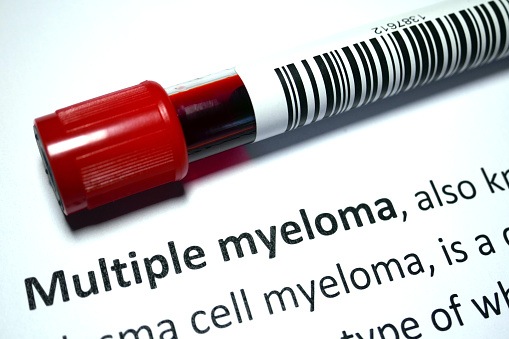
Flame, the largest interventional trial in high-risk (massive) pulmonary embolism (PE), traditionally a subgroup of patients with high mortality rate >25%, demonstrated 90% reduction in mortality with mechanical thrombectomy using FlowTriever system, according to data presented at the American College of Cardiology (ACC) 2023 in New Orleans, on March 5th.1
Mortality in high-risk PE has remained elevated for over 20 years, ranging from 25-50%, and evidence-based guideline directed treatment for this population remains limited. High-risk PE is defined as shock related to PE with >1 of the followings: systolic BP <90 mmHg or drop of >40 mmHg for at least 15 minutes, vasopressor need, successful resuscitation post cardiac arrest with <30 minutes of CPR and Glasgow Coma Scale >8. Currently, systemic thrombolysis is the frontline treatment for high-risk PE but it carries high bleeding risk and thrombolytic contraindications limit its use as well. On November 2022 the CardioNerds academy correspondents Dr. Saahil Jumkhawala and Dr. Nazli Okumus conducted a video interview regarding the design and impact of the FLAME trial with principal investigators.
Flame is a prospective, multicenter, non-randomized observational trial in high-risk PE patient population. The primary endpoint was a composite of in-hospital adverse clinical outcomes (All-cause mortality, major bleeding, clinical deterioration, and bailout to alternate thrombus removal strategy). The study was terminated early due to a significant reduction in mortality in the FlowTriever (FT arm) of 1.9% compared to 29.5% other non-FlowTriever therapies (context arm). The primary endpoint positively supported the FT arm with 17.0% versus 63.9% in the context arm, with lower rate than the performance goal of 32.0% (P <0.01).
Notably, FlowTriever system was observed to have great safety measures with no reports of device-related tricuspid valve injuries, cardiac injuries, or pulmonary vascular injuries in the FT arm versus (4.8%) of intracerebral hemorrhage (ICH) in the context arm. Furthermore, only one incidence of stroke was reported in the FT arm compared to four in the context arm, while 12 patients had device-related complications in the FT arm in contrast to 10 in the context arm.
Principal investigator, Mitchell Silver, DO (an interventional cardiologist and director of the Center for Critical Limb Care and Endovascular Research at OhioHealth Group), said “Large-bore mechanical thrombectomy with the FlowTriever System likely reduces mortality in high-risk PE patients by rapidly unloading the RV… This quickly reverses the obstructive shock death spiral and simultaneously improves oxygenation.” Patients with massive and high-risk submissive PE may deteriorate quickly and consequently progress to cardiogenic shock, or cardiac arrest.2 Right ventricular infarction from severe demand mismatch may be the underlying cause of high mortality and thus advanced thrombectomy therapies such as FlowTriever System may reverse this phenomenon rapidly.
“The remarkably low mortality seen with FlowTriever demonstrates the benefit of rapidly identifying PE patients and getting them to an interventionalist for assessment,” said Dr. Silver. Dr. Silver strongly suggested that the field develop a pathway for PE patients similar to that of stroke and STEMI patients “It is time for our hospital systems to develop standardized care pathways for PE, similar to what has been done in other major cardiovascular diseases such as heart attack and stroke.”
Dr. Kahtan Fadah is an internal medicine resident at Texas Tech University and served as a CardioNerds Conference Scholar for the American College of Cardiology 2023 Scientific Sessions.
References:
- Mitchell Silver. (2023, March 5th). Clinical and Investigative Horizons session: Outcomes in High-risk Pulmonary Embolism Patients Undergoing FlowTriever Mechanical Thrombectomy:Results from the FLAME Study [Conference presentation]. ACC 2023 Annual Scientific Sessions 2023 in New Orleans, La, United States.
- Piazza, G., & Goldhaber, S. Z. (2010). Management of submassive pulmonary embolism. Circulation, 122(11), 1124–1129. https://doi.org/10.1161/CIRCULATIONAHA.110.961136







 © 2025 Mashup Media, LLC, a Formedics Property. All Rights Reserved.
© 2025 Mashup Media, LLC, a Formedics Property. All Rights Reserved.